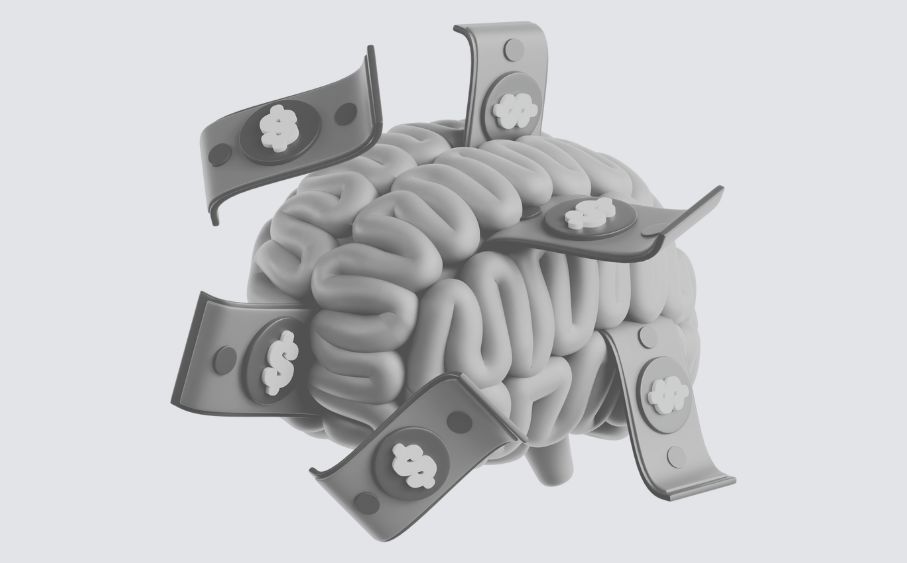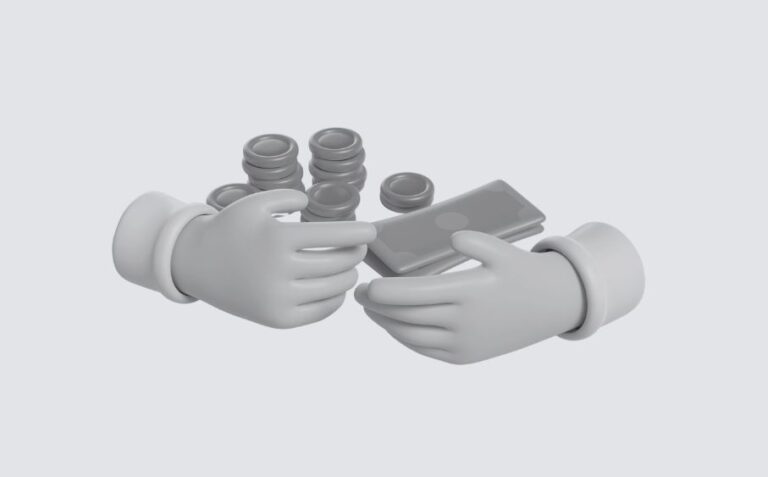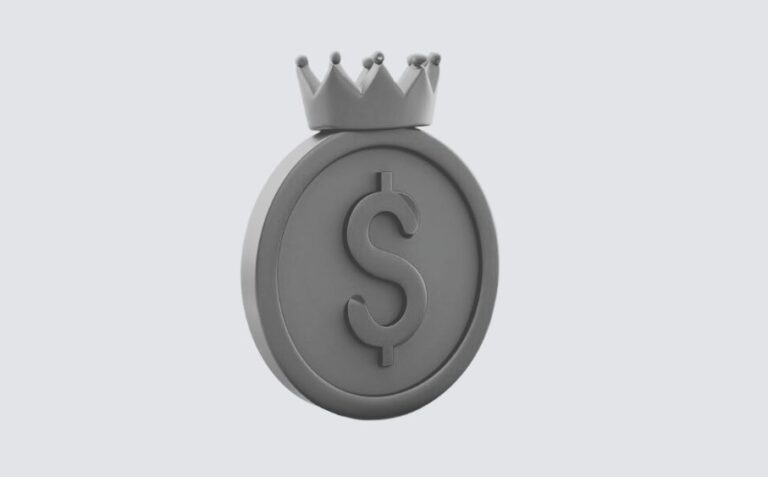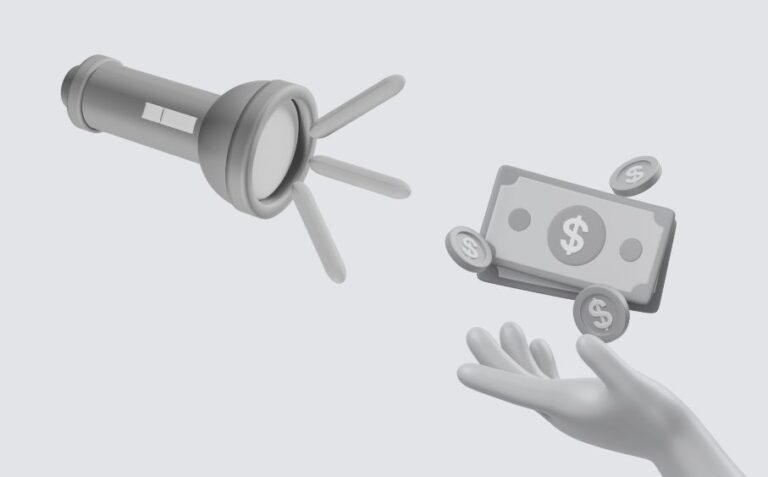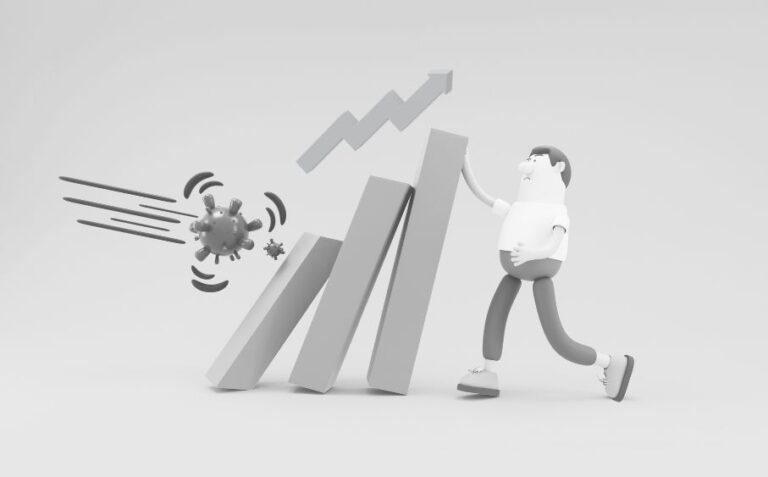Psychological pricing is a pricing strategy that appeals to consumers’ emotional responses rather than just focusing on logic or numerical comparisons. It aims to influence customer behavior. Retailers and ecommerce businesses widely implement this method to create perceptions of value, affordability, or exclusivity. Even when the actual price difference is minimal, this approach effectively leverages cognitive biases. Ultimately, it taps into the tendencies that drive purchasing decisions by making products seem more affordable and desirable.
Psychological pricing is adjusting prices to align with consumer perceptions rather than following a strict formula. To conduct, first establish a base price based on costs and desired profit margins, then you can apply several psychological adjustments to enhance attractiveness.
Key Techniques in Psychological Pricing:
Charm Pricing (or Odd Pricing)
You should have seen this type of price tag many times before. A round numbered price tag that has $9.99 instead of $10.00. This is a small difference but creates a significant psychological impact. Consumers often focus on the left-most digit. Retailers like Walmart frequently use prices ending in .99 to foster the perception of savings.
Price Anchoring
Price anchoring introduces a higher-priced option alongside the target product. This strategy makes the target product appear more affordable in comparison. The placement of a $150 premium product next to a similar $100 item shifts how customers view the value. The higher-priced item pivots the consumer’s perception. As a result, the $100 item seems like a better deal, and how they might perceive it as expensive in the first place has changed. This technique often appears in Apple’s pricing for different product models. The higher-end versions create a favorable comparison for consumers.
Decoy Pricing
Also known as the decoy effect, this pricing strategy influences consumer choice by introducing a third option designed to nudge customers toward a specific product. This tactic involves placing an additional, less attractive option that serves as a “decoy,” making one of the other options, most likely the middle one, seem more desirable in comparison. Our brain often dismisses the cheapest option as inferior, regardless of its suitability. Similarly, we view the most expensive choice as having unnecessary features, leading us to select the middle option.
Prestige Pricing
Also known as premium pricing, this strategy, brands intentionally set higher prices. The aim here is to signal quality and exclusivity. When seen with a lower-priced option nearby, customers equate these higher prices with superior craftsmanship and status. The psychology behind this strategy reveals that consumers associate price with value, as it proposes a premium experience.
Why Psychological Pricing Works and Why is it Important?
In highly competitive ecommerce markets, businesses must be more creative with their psychological pricing strategies to stand out from thousands of online prices. Because even minor price adjustments can significantly influence buying behavior by creating an illusion of a lower price, making products seem more affordable and encouraging impulse purchases.
Psychological pricing aims to affect consumer’s on a subconscious level. So, customers believe they receive a discount or bargain, even with tiny price adjustments. Online retailers use this strategy to position their products to appeals shoppers’ emotions, increasing the chances of making sales.
Factors Influencing Psychological Pricing
Consumer Perception
Pricing transparency and price comparisons are now more accessible than ever. A consumer’s view of value shapes how psychological pricing works, as people react to price signals along with subtle psychological triggers.
Customers who seek deals respond well to personal product suggestions or time limited discounts that create a sense of urgency. Those who prefer exclusive items gravitate toward premium prices. Combining technology with emotional consumer insights helps companies connect with shoppers, which really improves their purchasing journey.
Website Design
Research indicates that distinctive elements like color, position, movement, or contrast of price information can enhance purchasing behavior, although minimalistic websites should avoid extravagant designs. Consumers are likely to spend more on higher-priced items when prices are displayed in descending order. Still, it’s crucial to offer multiple ranking options to maintain consumers’ freedom of choice.
Practical Example

Amazon excels at psychological pricing, frequently using charm pricing with several other pricing tactics in its marketplace. Let’s take the price of CeraVe’s bundle package as an example. This pricing strategy takes advantage of the consumer’s perception since €26.90 feels much cheaper than €27. Additionally, the products’ recommended prices are €27.50. As you can see, displaying the original price further enhances the perceived value of the deal.
Wrap Up
Psychological pricing helps companies influence what customers buy and improve revenue without changing actual prices. The method focuses tapping into human psychology on how people think and perceive costs, which creates an impression of good value or exclusivity. Large online retailers like Amazon, as well as premium brands such as Gucci, use these tactics to shape how buyers view products or make decisions on purchasing. A small adjustment in numbers really makes a difference. The right pricing approach leads companies to sell more items next to gaining advantages over competitors.

